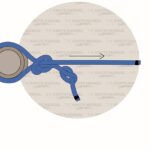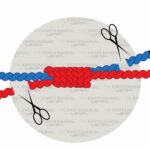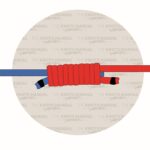The turle knot connects a fly or hook to a leader. It’s used for fly fishing and creates a straight pull along the hook shank, which allows the fly to swing correctly.
This fishing knot gets its name from the 19th-century angler Major William Greer Turle.
Quick Tying Guide: How to Tie a Turle Knot
To tie a turle knot, start by pulling the tag end of your tippet through the eye of the hook, leaving several inches of the tag end. Double the line back onto itself toward the fly. Bring the tag end behind and then over the double line, which will create a loop. Pass the tag end two times through the loop. Tighten down the knot and slip the loop over the fly. To set the knot tight, pull the leader against the hook eye. Lastly, trim the tag end.
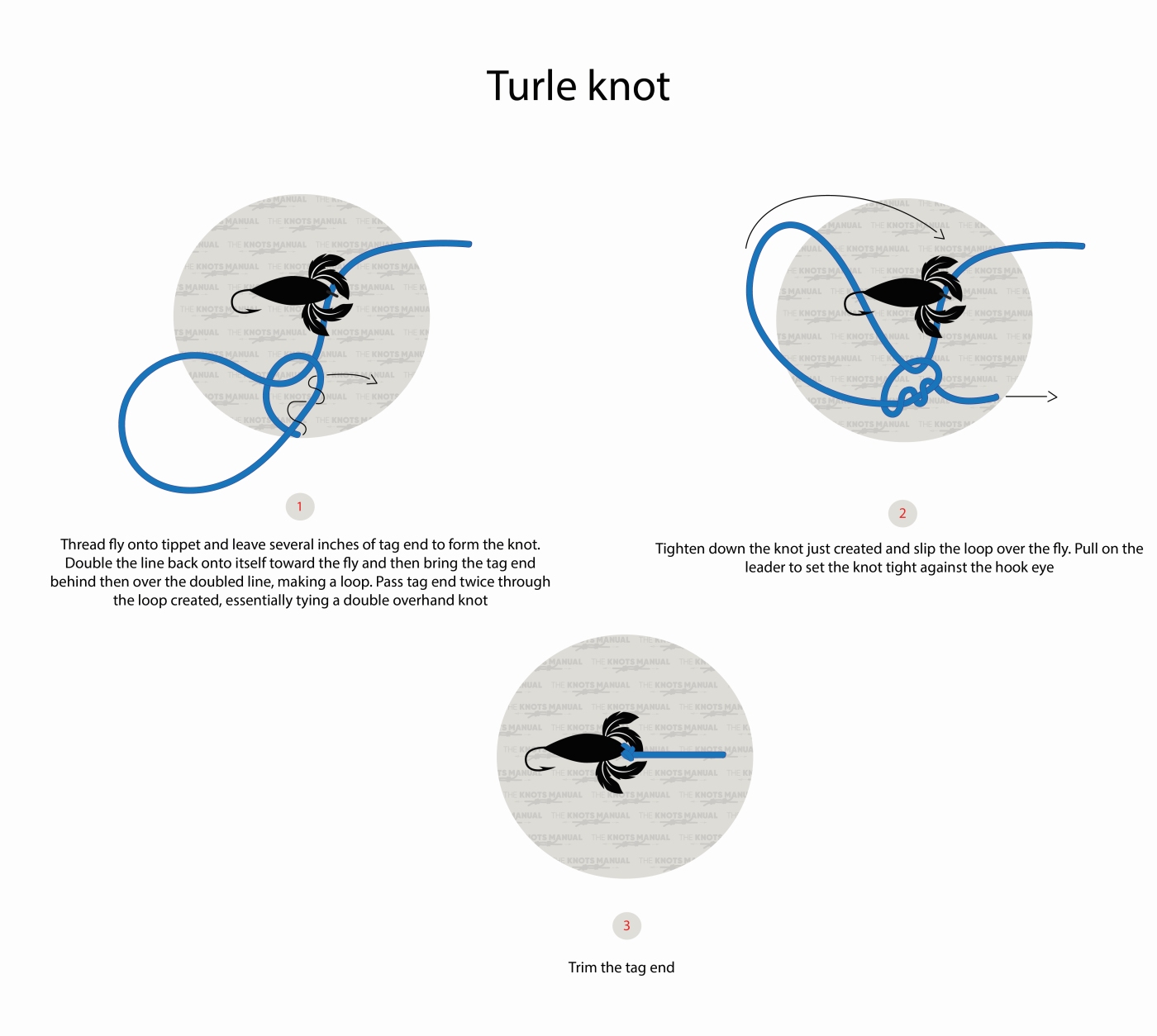
The Pros and Cons of the Turle Knot
A turtle knot is strong, retaining 92% of the tensile strength. And since a turle knot doesn’t snug down the hook, a fly can swim better. Another advantage of the turtle knot is that it works with thin or thick lines. It’s also a straight-line pull and easy to tie.
Even though a turle knot is strong, it has a higher chance of slipping if you use a light line. It also doesn’t work well on flies with eyes larger than the leader and modern, soft leader lines.
Knots Similar to the turle knot
Clinch knot—The clinch knot secures a fishing line to a fishing lure. Anglers use this knot because it is simple and strong.
Egg loop knot—The egg loop knot is popular for salmon and steelhead trout fishing. It provides a secure hold for bait such as fish eggs, shrimp, and fish roe.
Arbor knot—The arbor knot attaches the fishing line to the arbor. It is known to be quick and effective but not the strongest knot. However, strength is not its goal. Instead, its purpose is to keep the spool from free spinning around it.
Palomar knot—The Palomar knot only takes three steps to complete, making it easy to tie. It is also strong and works well on braided lines.
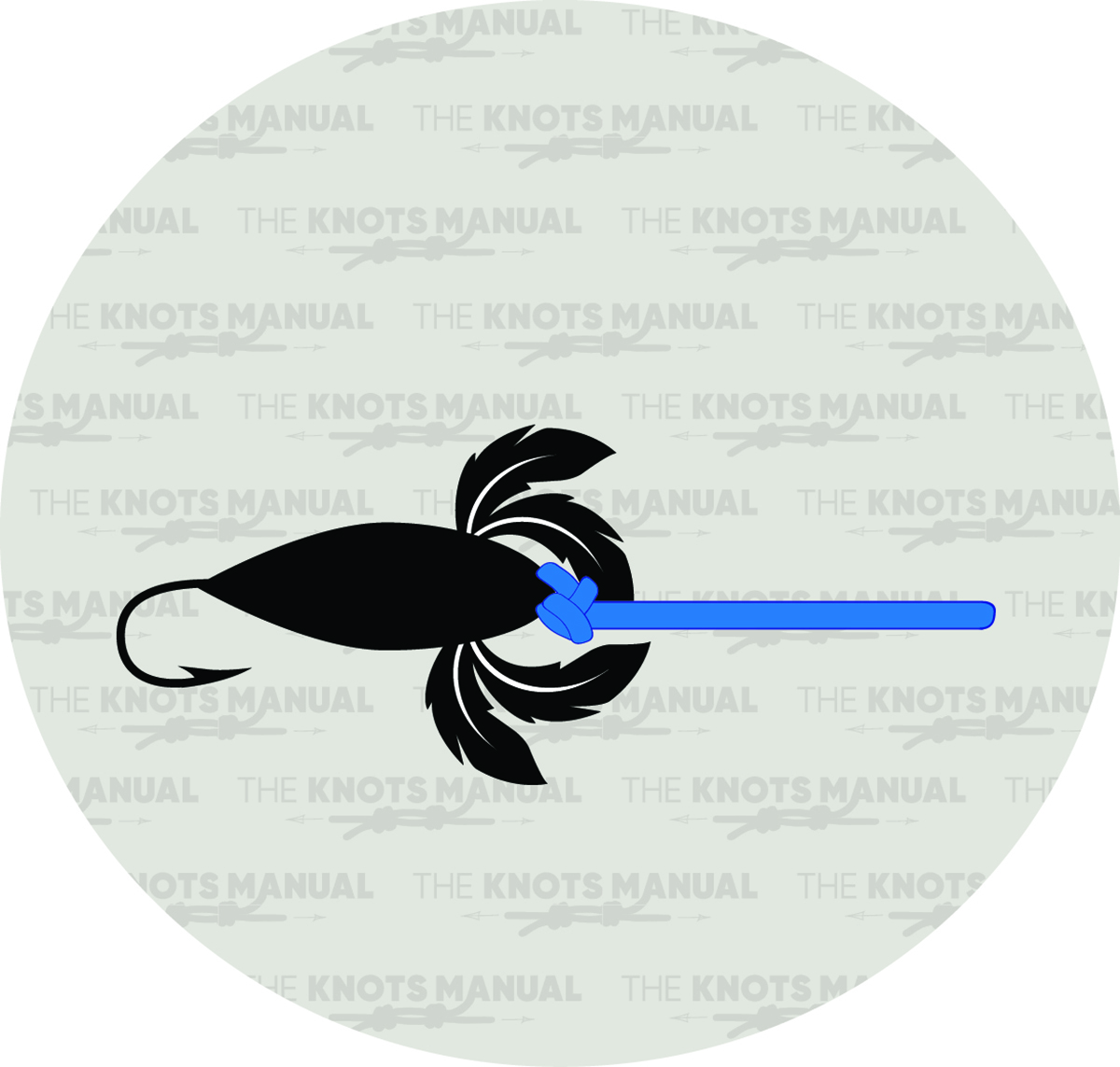
Step 1:
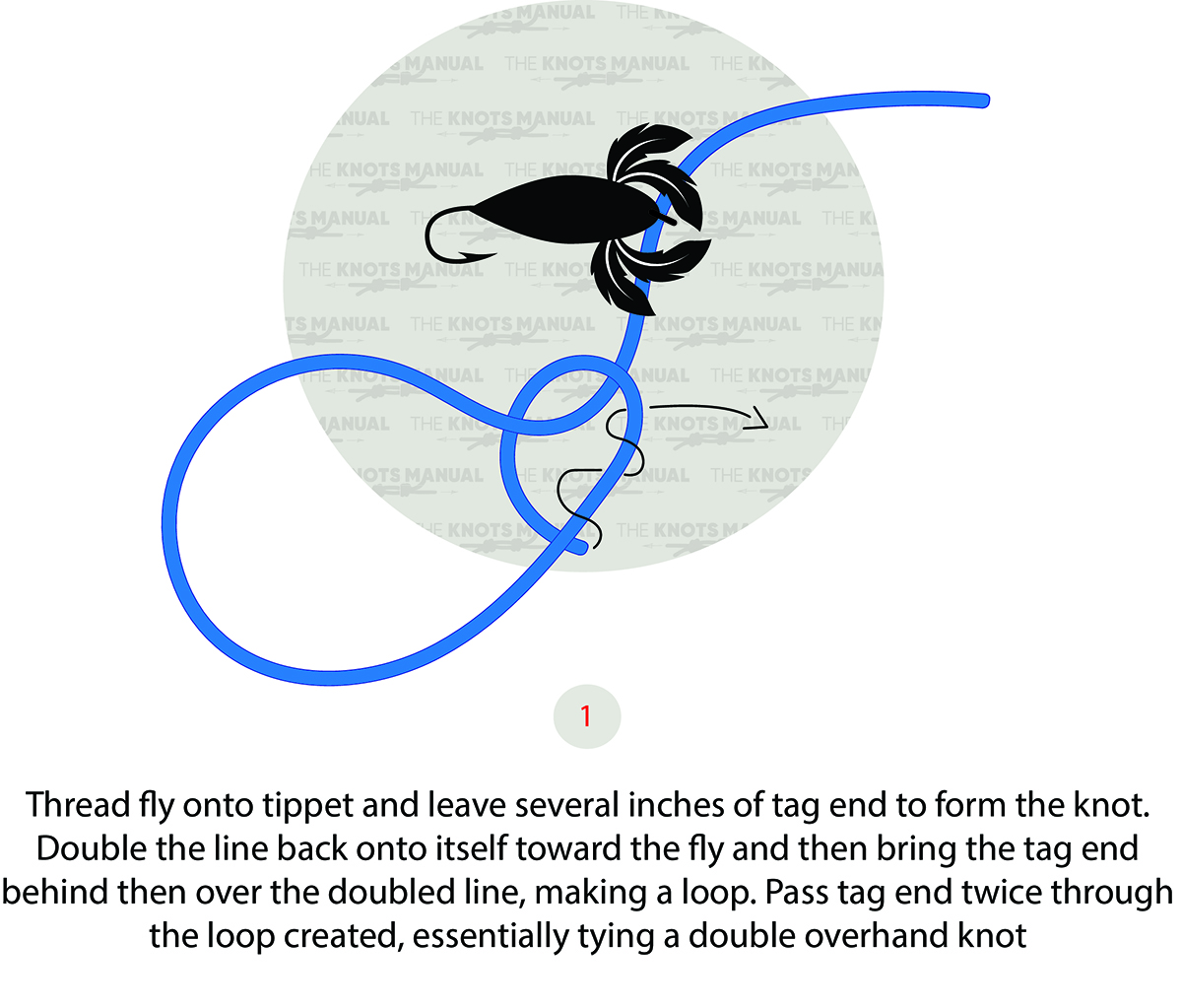
Thread the fly into the tippet, leaving several inches of the tag end. Double the line back onto itself in relation to the fly. Bring the tag end behind and over the double line to create a loop. Next, pass the tag end two times through the loop.
Step 2:
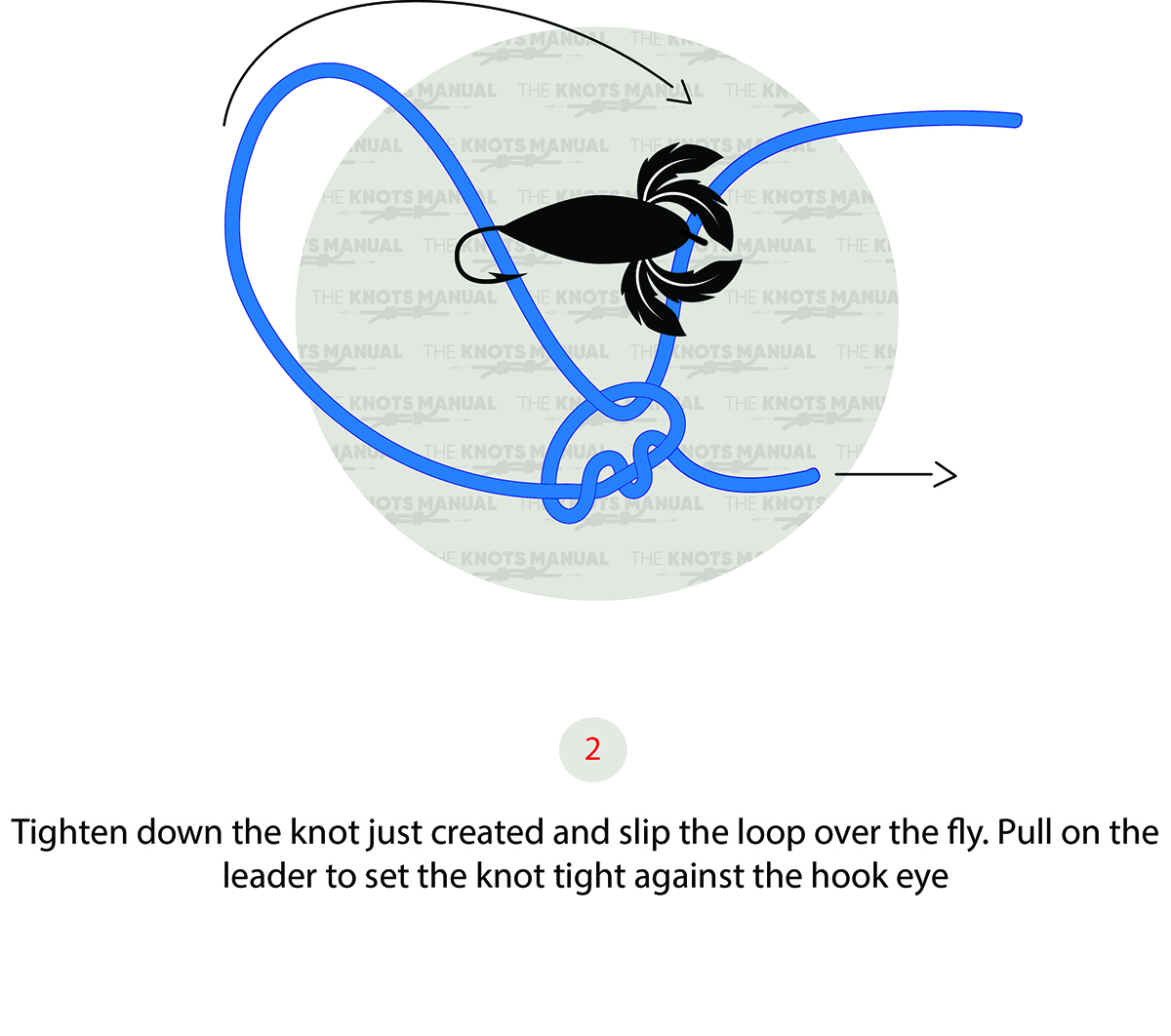
Tighten the knot and slip the loop over the fly. Pull the leader to tighten the knot against the hook eye.
Step 3:
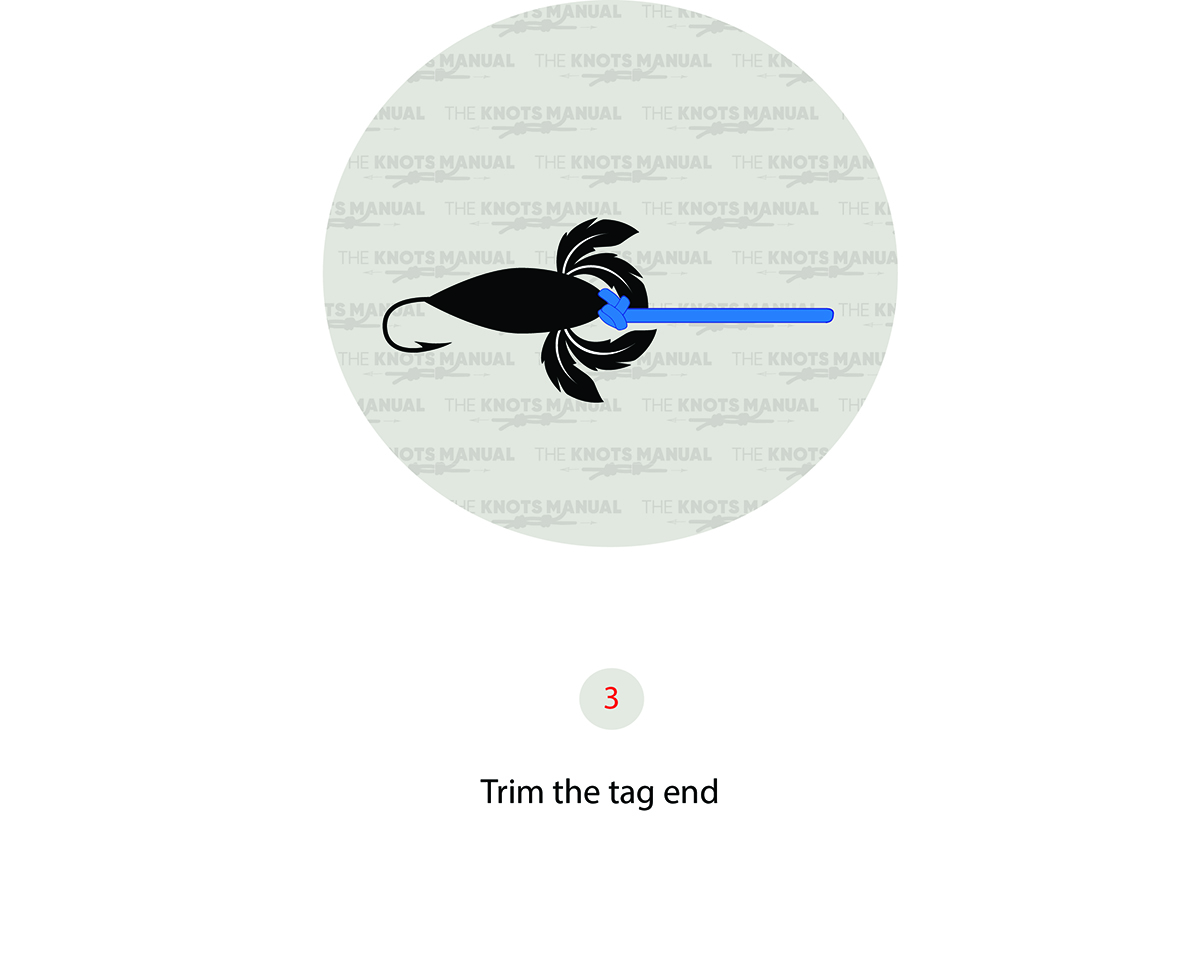
Trim off the excess tag end.
